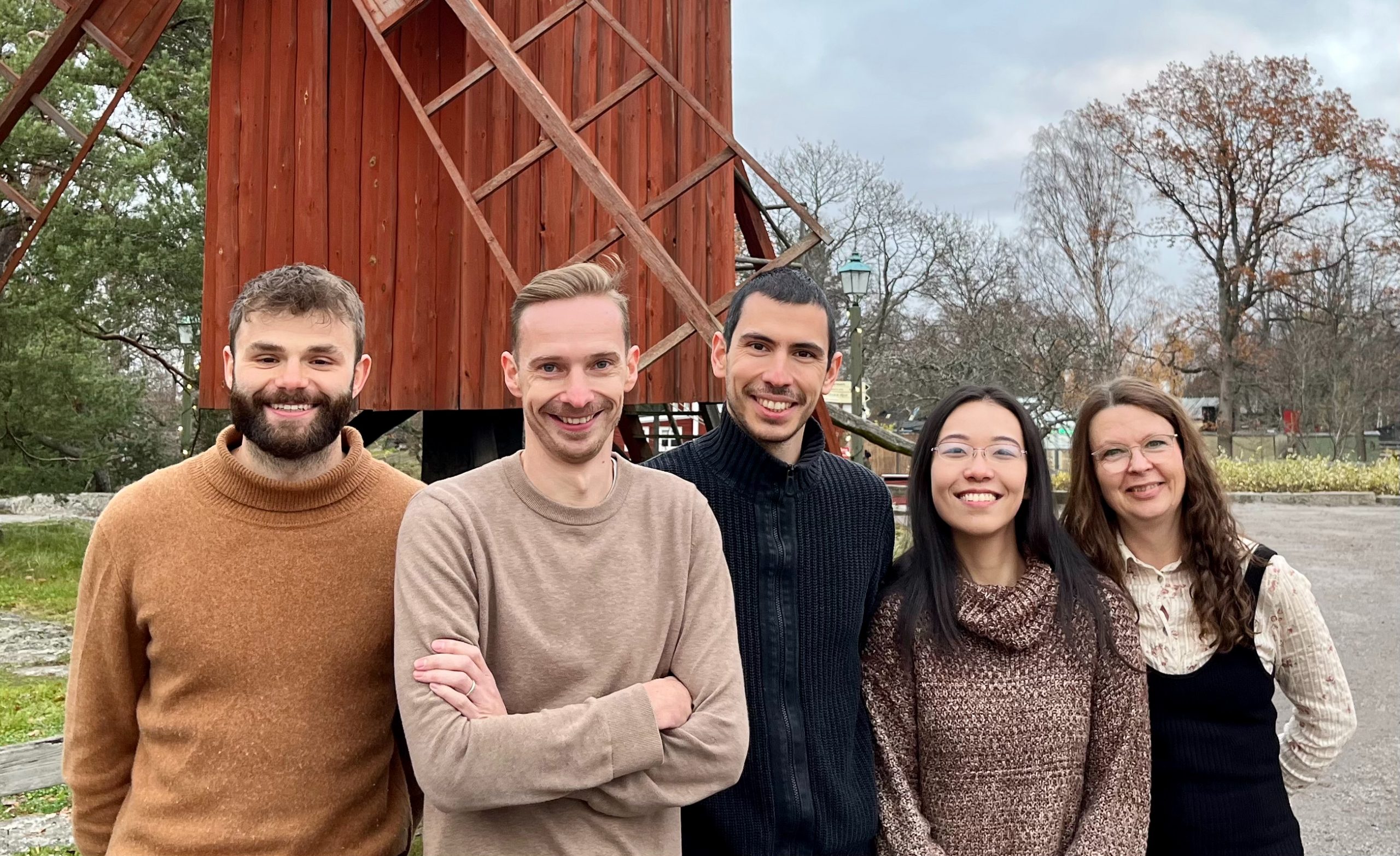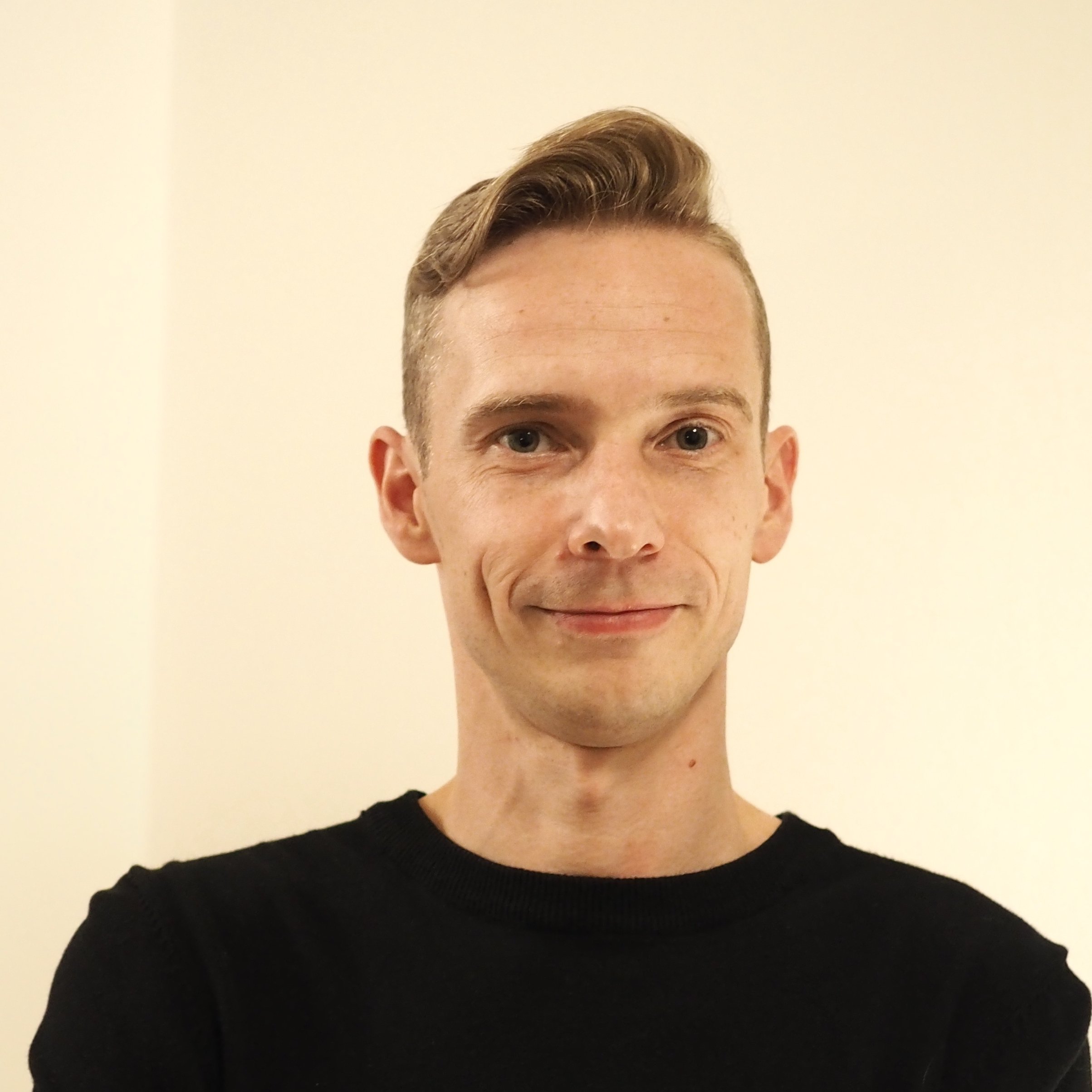Bennie Lemmens
Research Interests
Our research group focuses on understanding how human cells copy their DNA and maintain genome stability. We apply advanced genetics and imaging techniques to control and visualize DNA replication in time and space. To study dynamic processes such as cell proliferation and DNA replication, we use various CRISPR-based approached, including gene knockouts, live-cell reporter knock-ins, gene editing and degron-tagging techniques. To measure DNA replication and cell cycle kinetics with high precision and study these processes in a 3D cellular context, we combine advanced nucleotide labeling technologies with state-of-the-art microscopy approaches, including high-content imaging, super-resolution microscopy, and tissue expansion techniques. In parallel, we try to convert these fundamental insights into more selective cancer treatments and perform genetic screens to discover new factors driving cell proliferation and cancer drug resistance.
Cancer cells suffer from a forced, uncontrolled start of DNA replication, causing established clinical hallmarks such as genome instability and DNA replication stress. In the past years, we have established powerful human cell models in which we can rapidly degrade selected proteins at will and control different stages of DNA replication initiation. By combining these time-resolved genetic models with genome-wide imaging and/or DNA sequencing approaches we aim to define how, when and where DNA replication starts in human cells. Recent breakthroughs in tissue expansion and super-resolution microscopy allow us to detect objects smaller than the wavelength of light and thus see the molecular processes that drive human development and disease. Exploiting these recent innovations, the Lemmens group aims to provide an original and detailed view on human DNA replication as well as new clues on how to improve future cancer care.
Group members

Michael Hawgood, PhD student (1)
Bennie Lemmens, Principal Investigator (2)
Bruno Urien, PhD student (3)
Pratikiran Baigain, Research assistant
Yiqui Yang, MSc student (4)
Ann-Sofie Nilsson, Biomedical scientist (5)
Open positions
We are always interested in recruiting talented and curious people, with a strong passion for science and genome biology.
